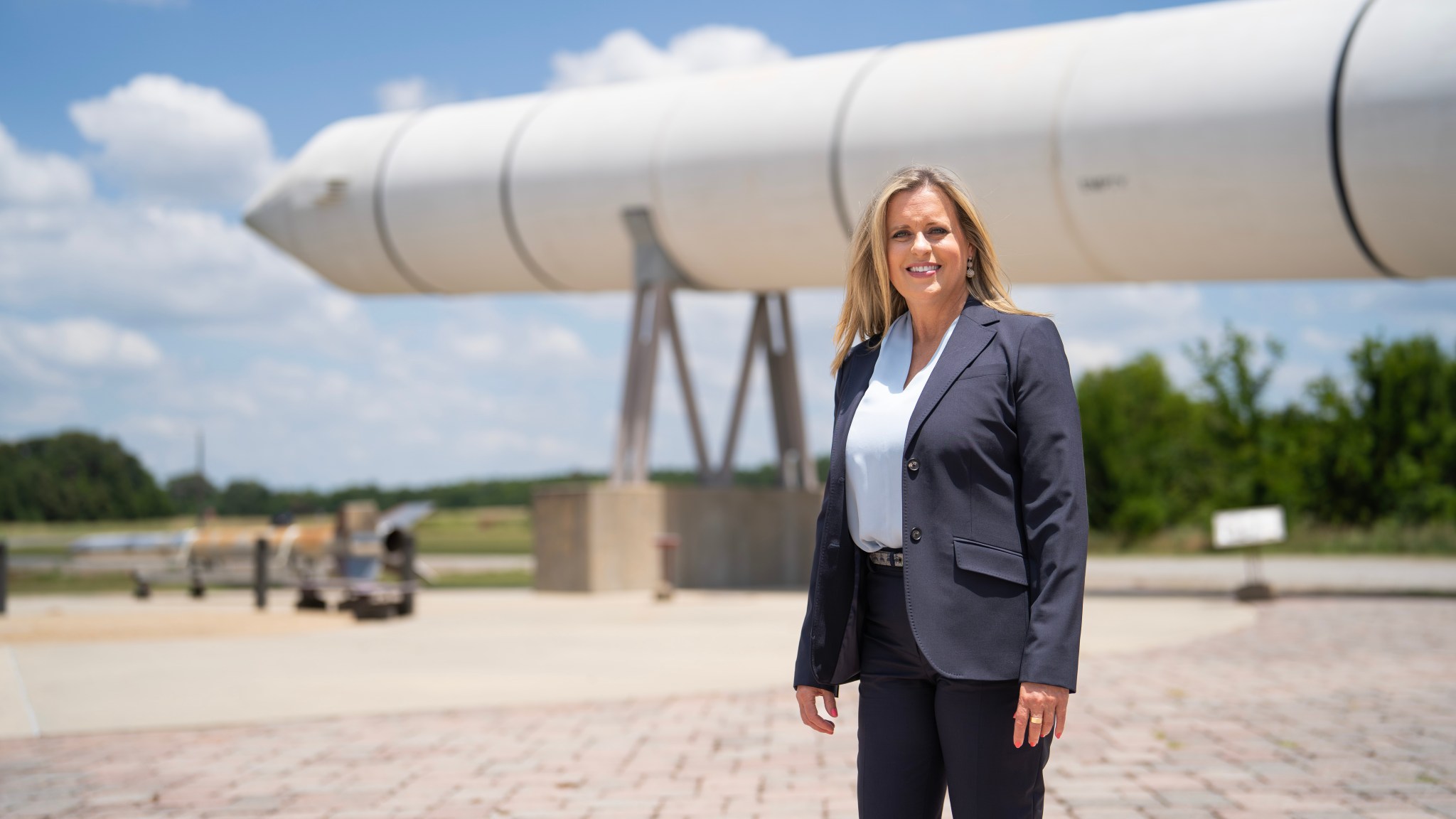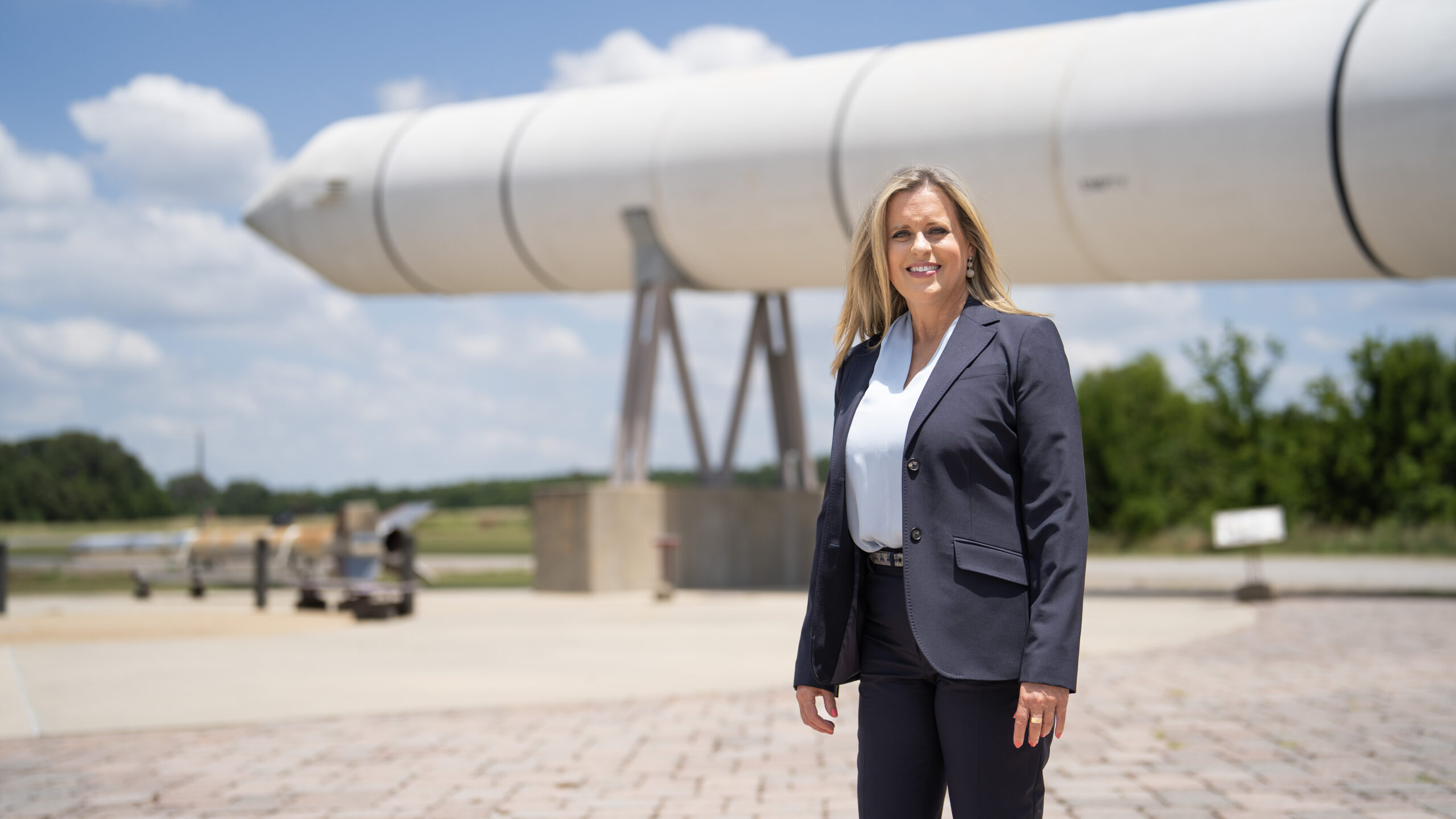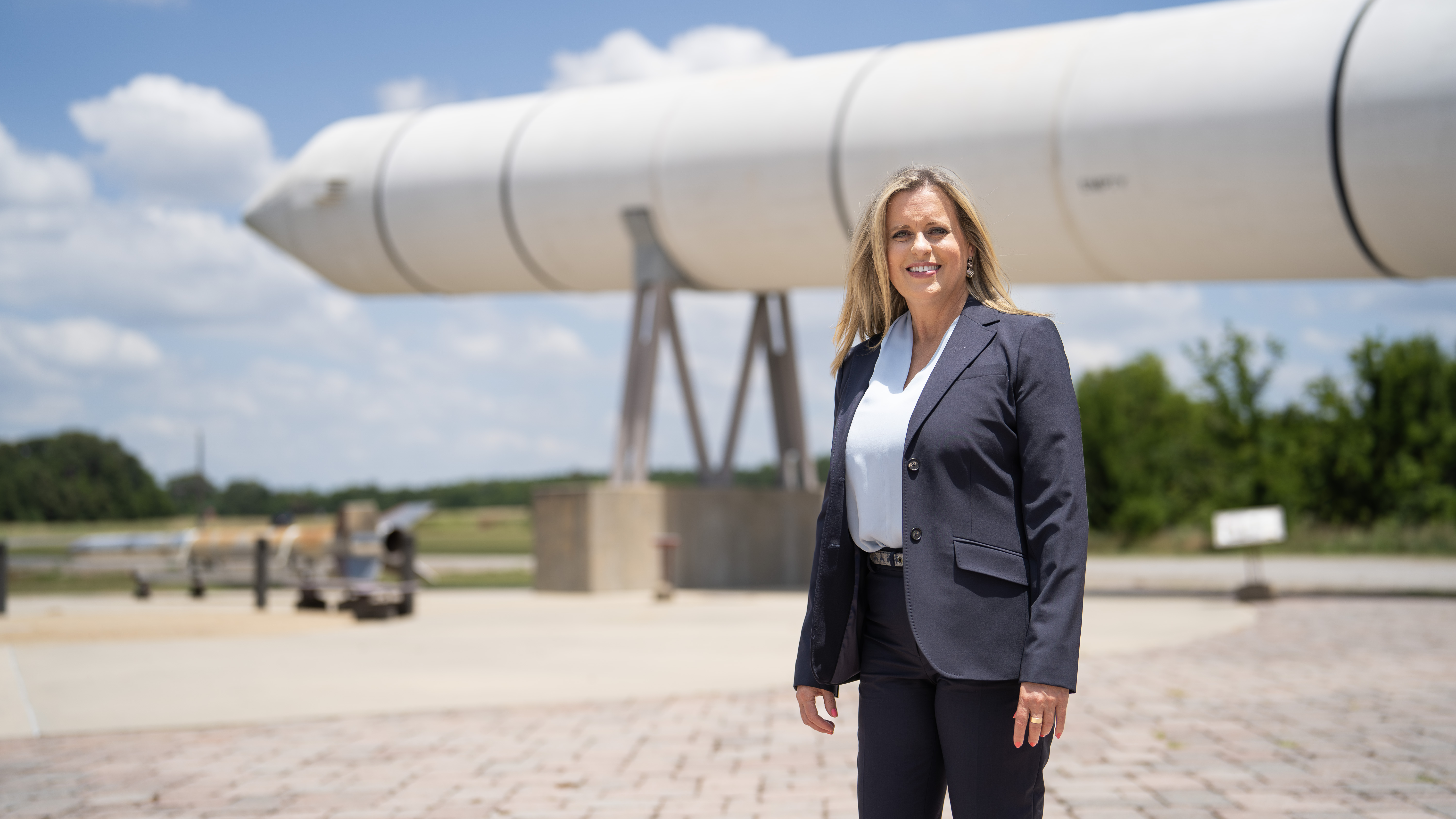 Julia Khodabandeh once adorned her walls with rockets, fighter jets, and Air Force pilots. Now, she is the solid rocket motor lead for NASA’s SLS (Space Launch System).NASA/Sam Lott Unlike most of her friends in the 80s who covered their walls with posters of bands, Julia Khodabandeh plastered hers with posters of rockets and fighter jets.
Julia Khodabandeh once adorned her walls with rockets, fighter jets, and Air Force pilots. Now, she is the solid rocket motor lead for NASA’s SLS (Space Launch System).NASA/Sam Lott Unlike most of her friends in the 80s who covered their walls with posters of bands, Julia Khodabandeh plastered hers with posters of rockets and fighter jets.
Khodabandeh’s interest in aerospace and aeronautics developed at a young age. Her parents were avid fans of the Apollo Program and were heavily invested in her education. Khodabandeh’s father always encouraged her to tackle math and science problems without fear. She recalls him telling her that “you can take any problem and break it into smaller pieces.” It’s a philosophy she still uses in solving problems today.
“When I was growing up, my dad would make practice tests the night before my exams,” she said. “It helped me feel more prepared. The confidence I developed for math and science and my passion for aeronautics and aerospace, led me to a NASA career.”
The better part of her 24-year career with NASA has been dedicated to solid rocket boosters. Over the past 10 years, she helped develop the twin solid rocket boosters for the agency’s SLS (Space Launch System) rocket, which are the largest and most powerful solid propellant boosters ever flown. They stand at 177 feet tall, and individually generate a maximum thrust of 3.6 million pounds. Together, the twin boosters provide more than 75% of the total thrust to launch SLS for NASA’s Artemis campaign to the Moon.
Khodabandeh graduated from the University of Alabama in Huntsville with a bachelor’s degree in mechanical engineering and a master’s degree in computational fluid dynamics. Early in her career, her work focused on Space Station microgravity material processing furnaces and the Space Shuttle Return-to-Flight Program. She went on to support the Ares rocket solid rocket booster team as part of the Constellation Program preceding SLS. Her work on the Ares booster helped guide her to her current position on SLS.
Khodabandeh is the motor and pyrotechnic team lead for the SLS Booster Element Office. She supports design, development, certification, production, and operation of the solid rocket motors, booster separation motors, and pyrotechnics for the twin boosters on SLS. Most days, she manages schedules and helps resolve issues with the help of her team.
“The flight hardware and test hardware are all tremendous accomplishments for the team, and behind these accomplishments are hours, weeks, and months of working together to resolve issues and deliver results,” Khodabandeh said. “It’s the people that make us successful, and teamwork is my favorite part of what we do. Someone once said, ‘You have to build a successful team before you can build successful hardware.’ I couldn’t agree more!”
In her spare time, Khodabandeh volunteers at a local rescue mission, where she provides aid to women struggling with substance abuse. She also mentors students in the Huntsville community, where she hopes to pass on the confidence her dad instilled in her, inspiring them to one day be a part of NASA and the Artemis Generation.
As the girl who grew up with posters of rockets on her walls, Khodabandeh says she is incredibly excited to be one of the many who are responsible for sending astronauts around the Moon on Artemis II.
“The incredible success of Artemis I is something that I will never forget,” she said. “We have demonstrated what we’re capable of, and I can’t wait to see what we accomplish going forward on the Artemis Program.”
NASA is working to land the first woman, first person of color, and its first international partner astronaut on the Moon under Artemis. SLS is part of NASA’s backbone for deep space exploration, along with the Orion spacecraft, supporting ground systems, advanced spacesuits and rovers, the Gateway in orbit around the Moon, and commercial human landing systems. SLS is the only rocket that can send Orion, astronauts, and supplies to the Moon in a single launch.


